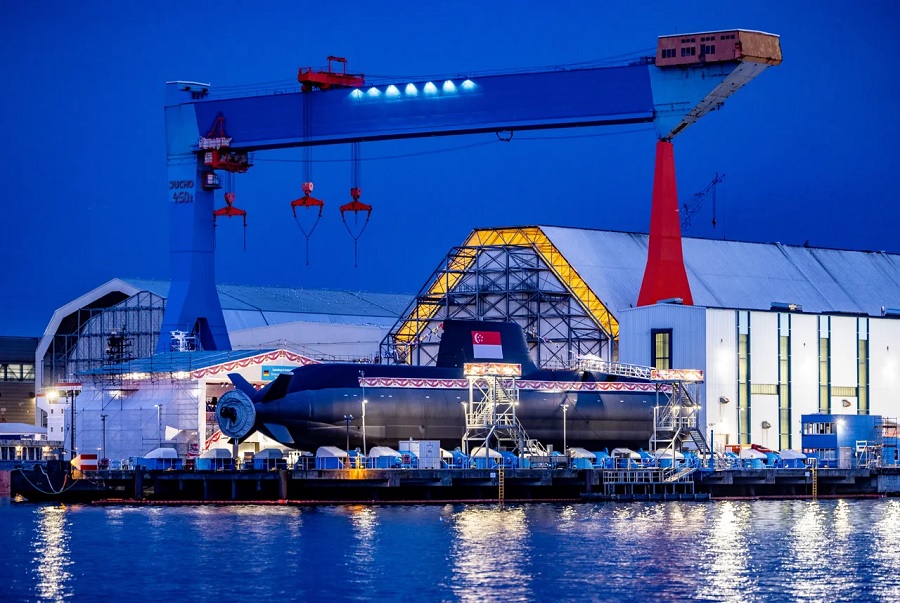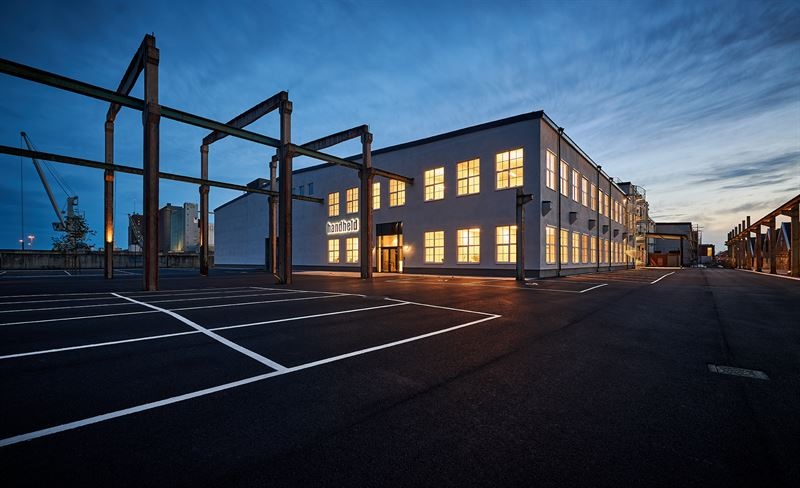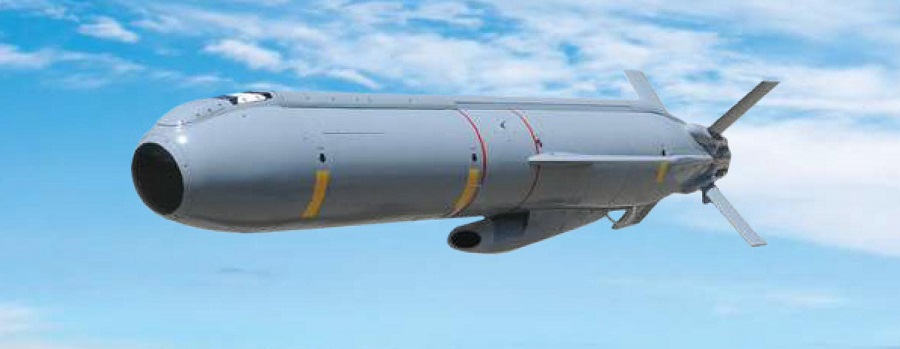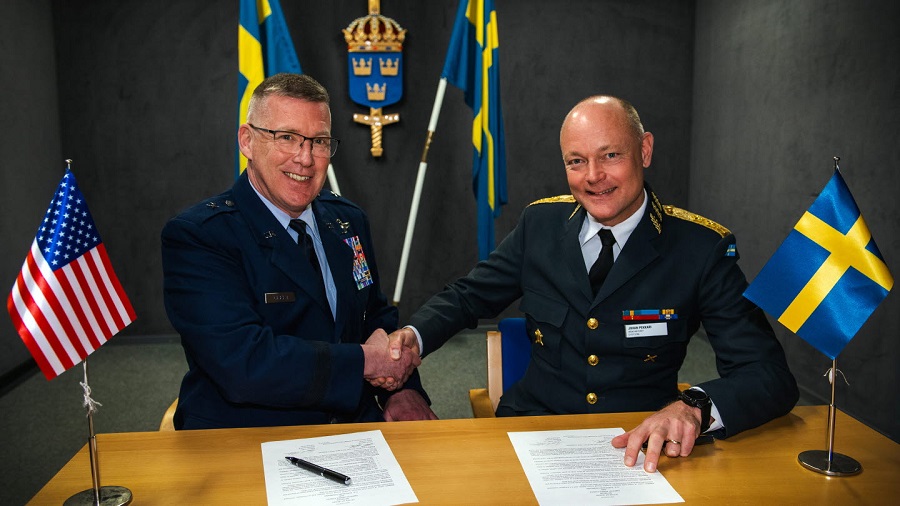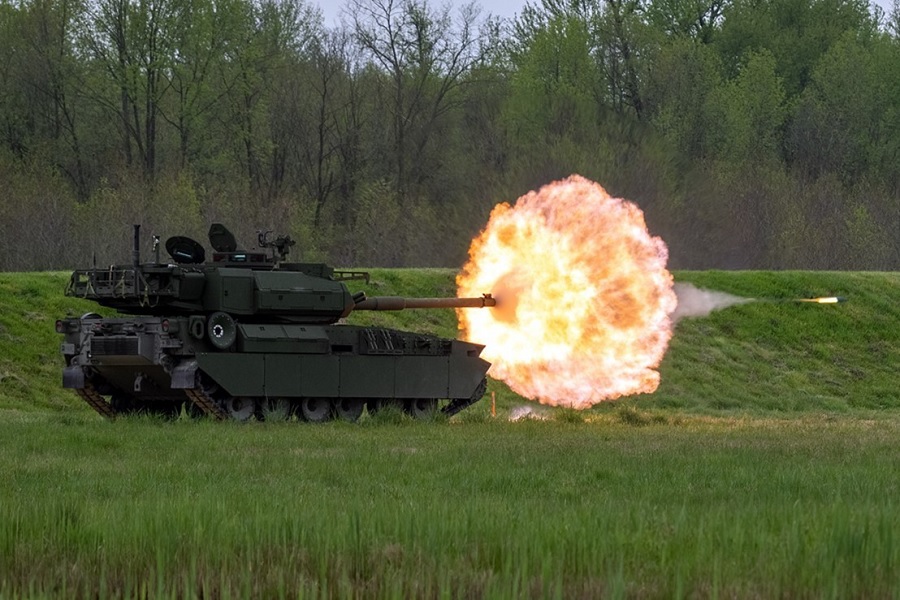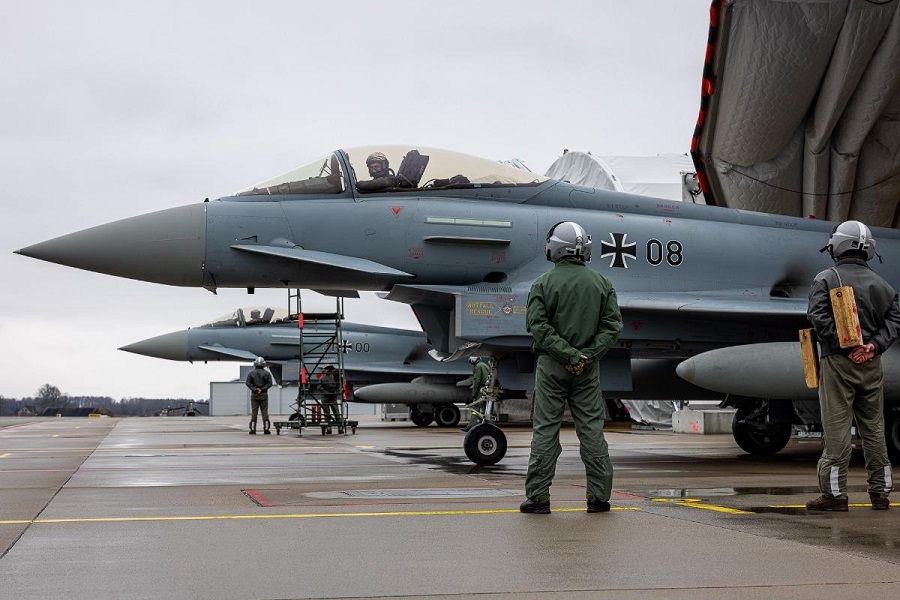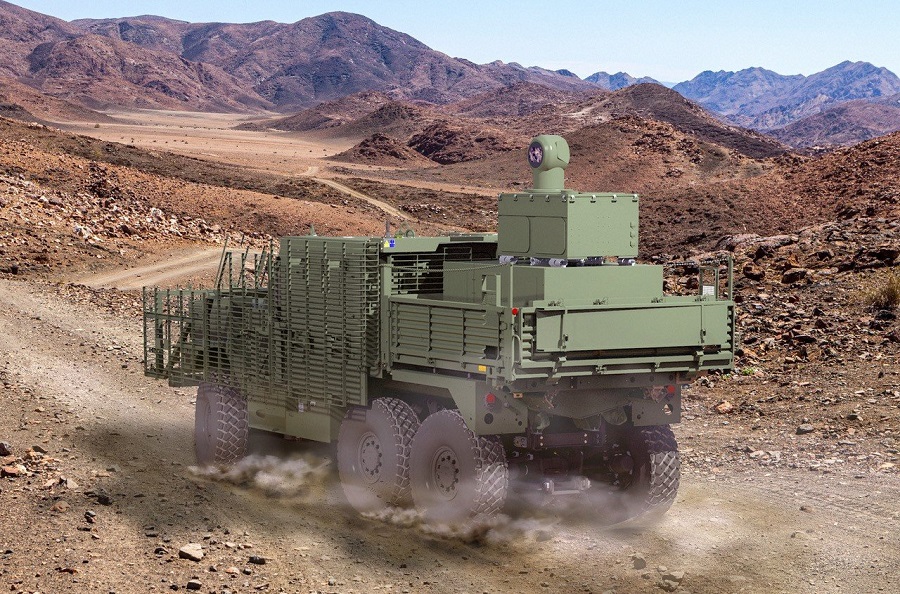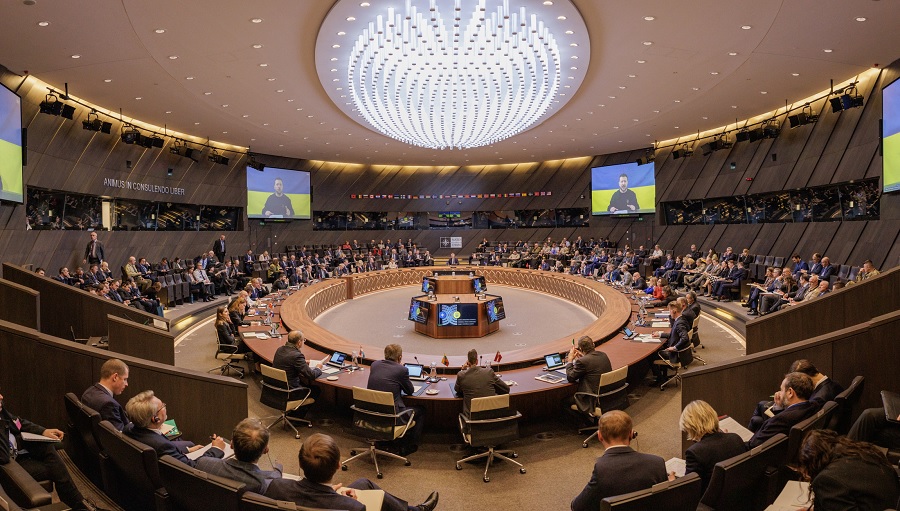All the partners met in the premises of Nexter Robotics, made available during the weeks of integration and validation preceding the demonstration.
During the demonstration, three Milrem Robotics’ THeMIS UGVs equipped with payloads from the consortium members and cooperation partners fulfilled several autonomous missions to demonstrate the ability of the complete iMUGS system. These included autonomous mission planning from the operator’s point of view, ISR (Intelligence, Surveillance & Reconnaissance) with object detection and recognition, autonomous re-supply and casualty evacuation and cyber threat response.
The missions, performed by the French armed forces, presented how manned units can utilize unmanned systems to conduct missions more safely and effectively. “Unmanned systems increase stand-off distance from the enemy and, thanks to various sensors and effectors, provide soldiers the means to gather a higher quantity and much more precise information about their operation area than humans are capable of,” said Kuldar Väärsi, CEO of Milrem Robotics, the iMUGS Consortium lead.
“Autonomous unmanned assets are a game changer for armed forces as they allow the allocation of soldiers to more important tasks,” Väärsi added.
The UGV’s autonomous functionality that includes follow-me, waypoint navigation and obstacle detection and avoidance capabilities was developed by consortium members Diehl Defence, Milrem Robotics, Nexter and Safran. ISR was provided by OTEOS, the Escribano Mechanical & Engineering’s Electro Optic System, SAAB Grintek’s Laser Warning System (LWS) and Metravib Defence’s PEARL acoustic shot detection. Radio communication was provided by Bittium’s software defined radios.
The command and control (C2) and tactical C2ISR by GMV and sol.one were setup in the Krauss-Maffei Wegmann’s Boxer Armoured Personnel Carrier (APC) with a C2 mission module and a static command centre. Cyber threat response was provided by Talgen. dotOcean and Insta showcased, via video, global and local swarming capabilities, respectively, in their in-house simulator.
The demonstration organized in France was the fifth of a total of six demonstrations held during the iMUGS project. The previous demonstrations were held in Estonia, Latvia, Finland, and Belgium. The last will be held in December in Germany.
iMUGS is a 32,6 MEUR project, a 13-party collaboration focused on developing a modular and scalable architecture for hybrid manned-unmanned systems. The parties involved are Milrem Robotics (project coordinator), Bittium, Diehl Defence, dotOcean, GMV Aerospace and Defence, Insta Advance, Krauss-Maffei Wegmann (KMW), Latvijas Mobilais Telefons (LMT), NEXTER Systems, the Royal Military Academy of Belgium, Safran Electronics & Defense, Talgen Cybersecurity, and sol.one.
The aim of the project is to standardize a European-wide ecosystem for aerial and ground platforms, command, control, and communication equipment, sensors, payloads, and algorithms. The project addresses challenges such as enhanced interoperability, increased situational awareness, and faster decision-making.



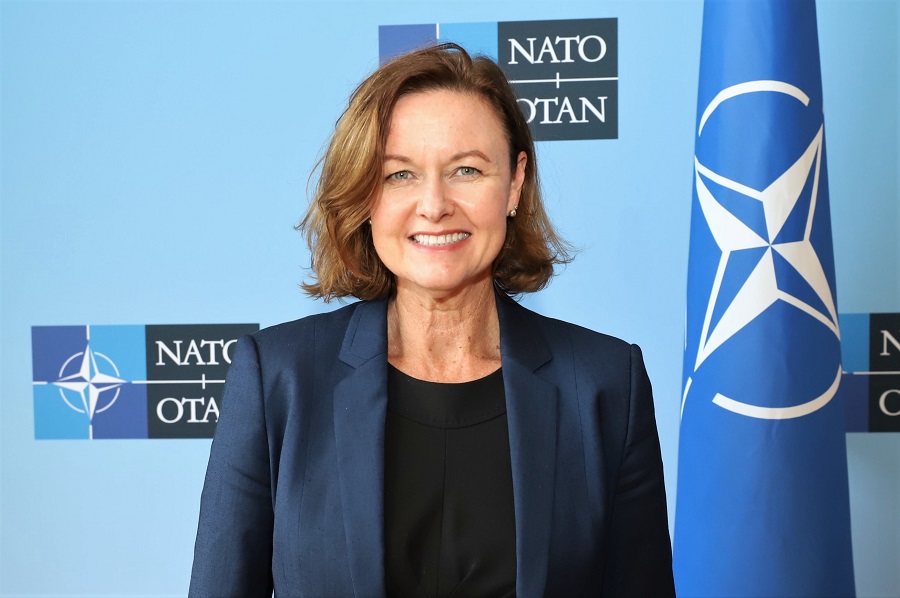
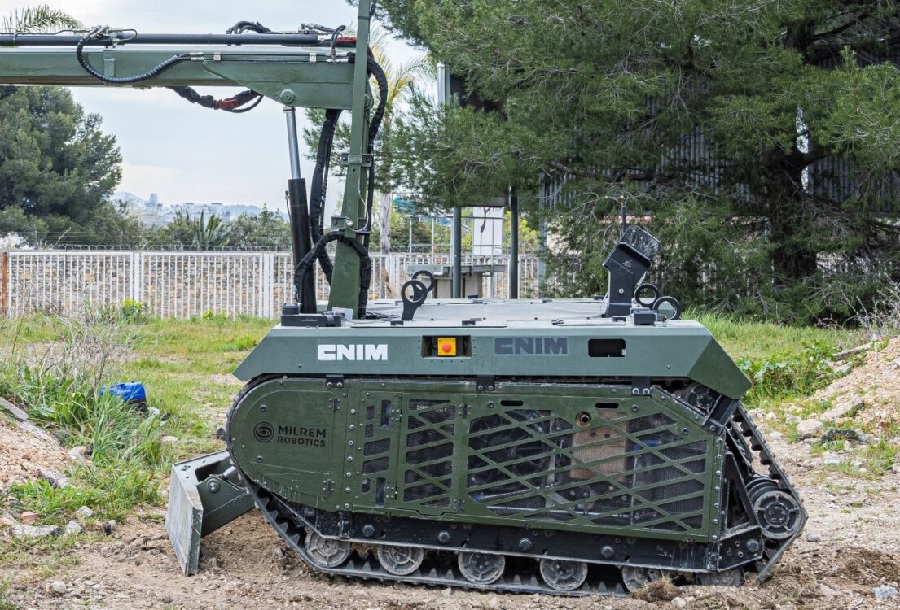



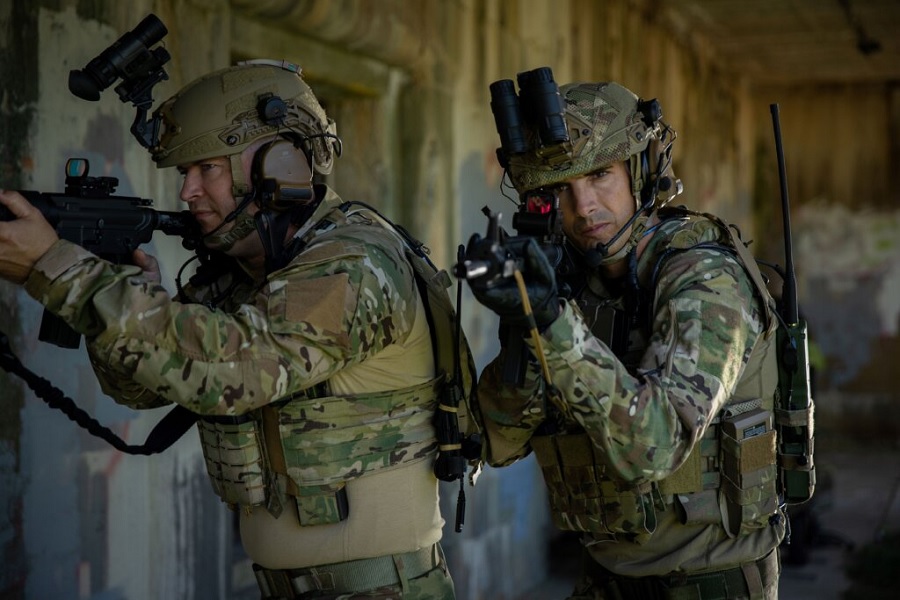
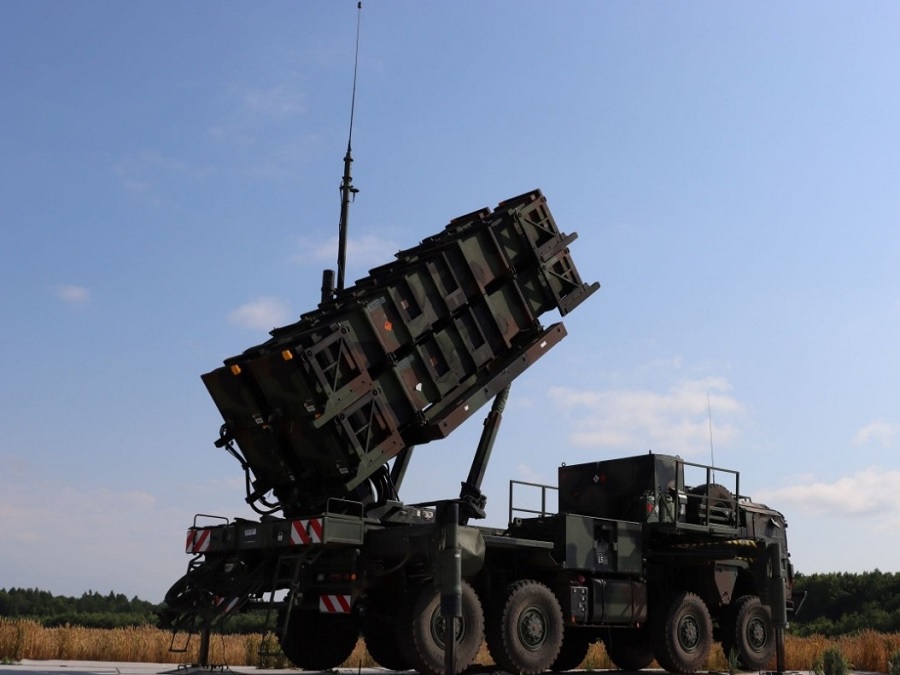
![Russian forces capture Ukrainian Leopard 2A6 main battle tank [VIDEO]](https://defence-industry.eu/wp-content/uploads/2024/04/Russian-forces-capture-Ukrainian-Leopard-2A6-main-battle-tank-VIDEO.jpg)


